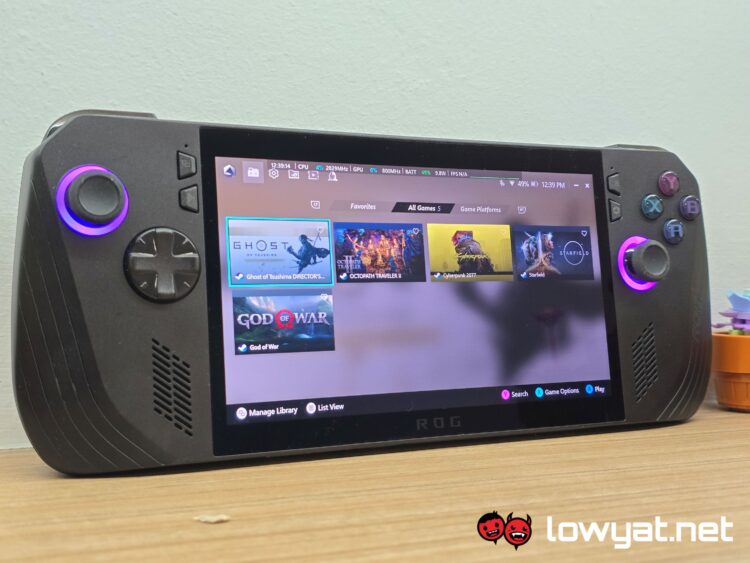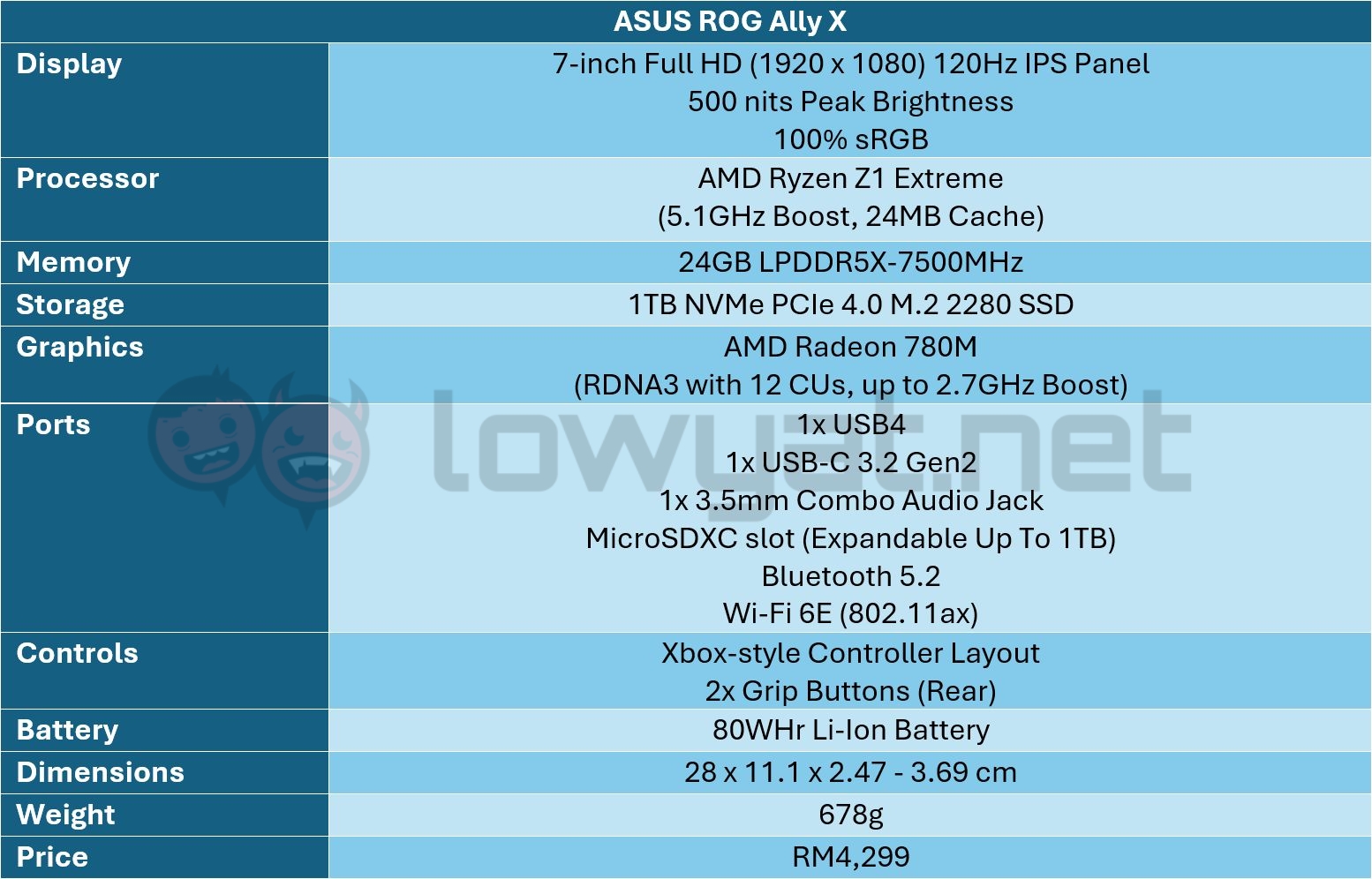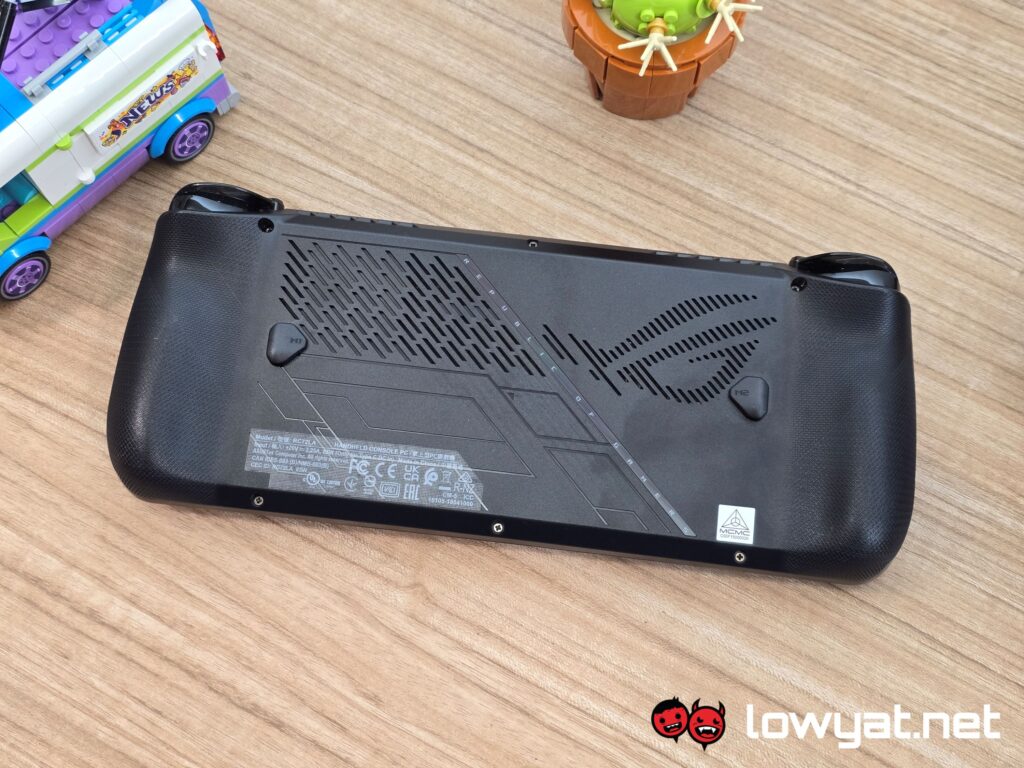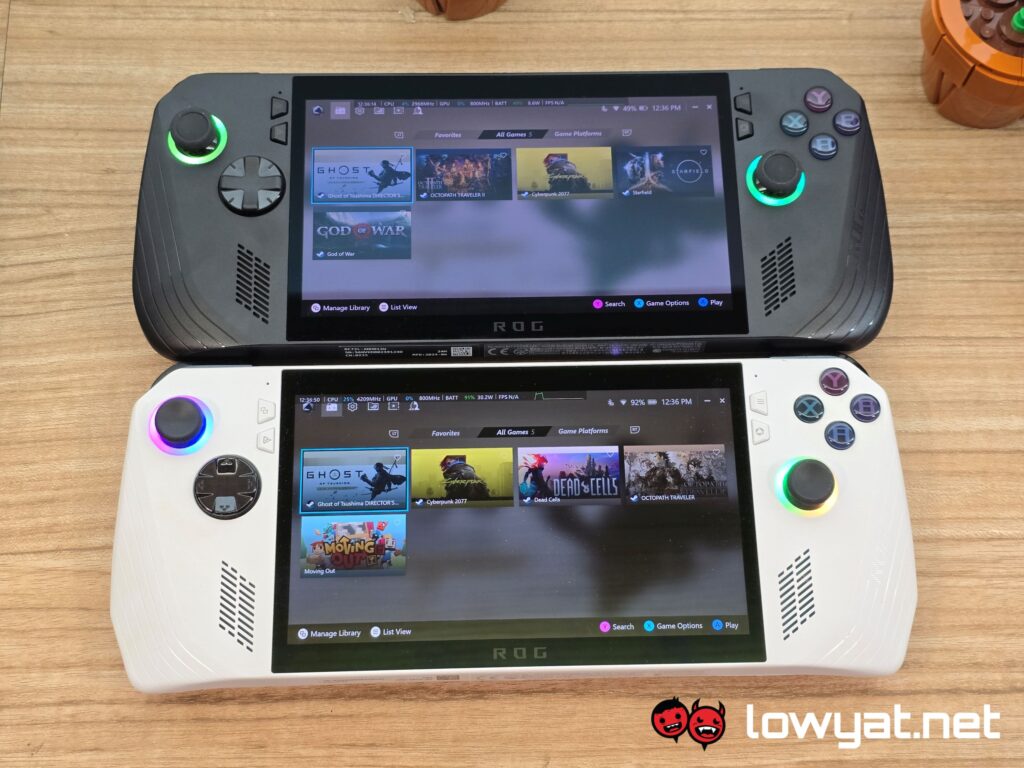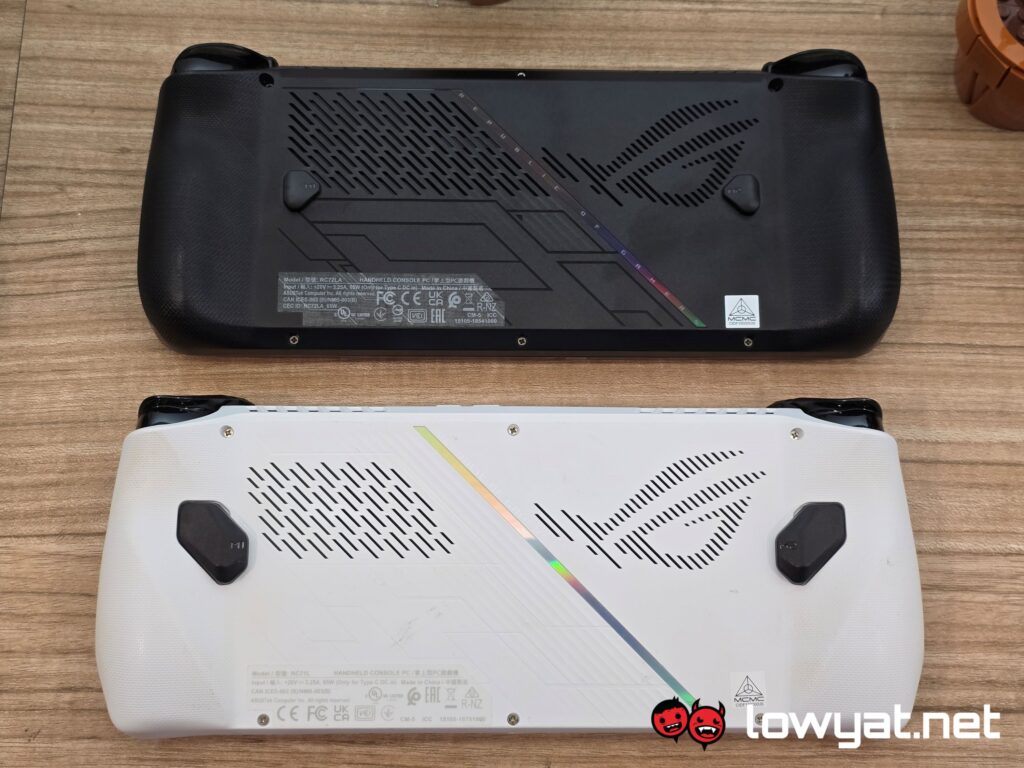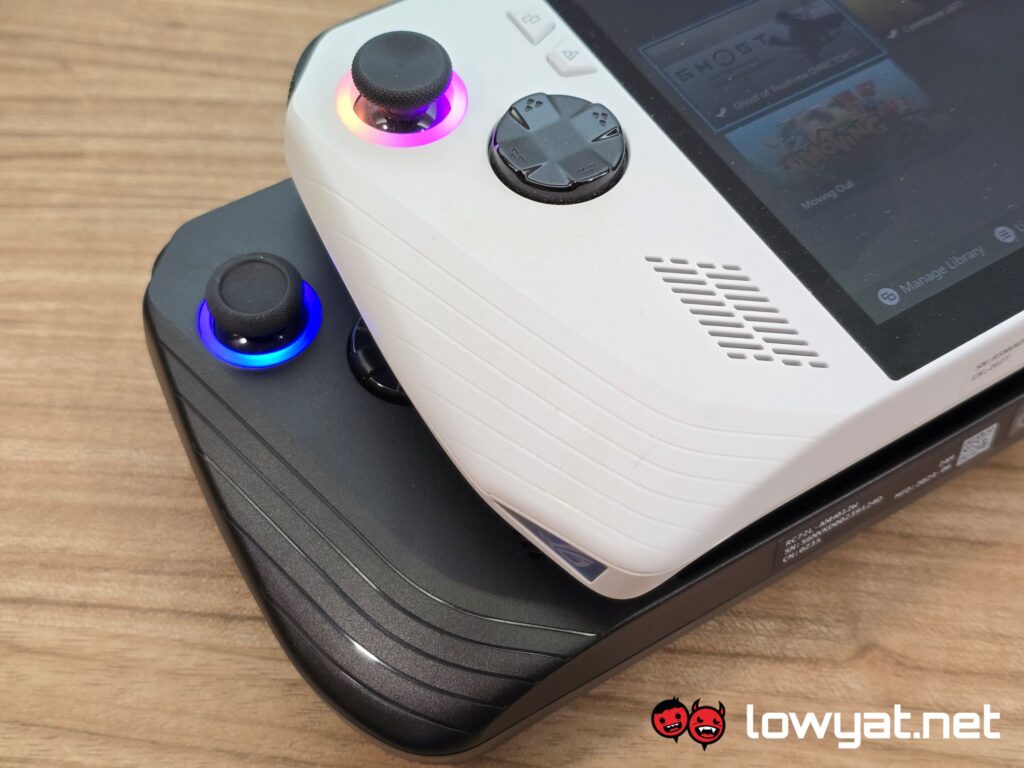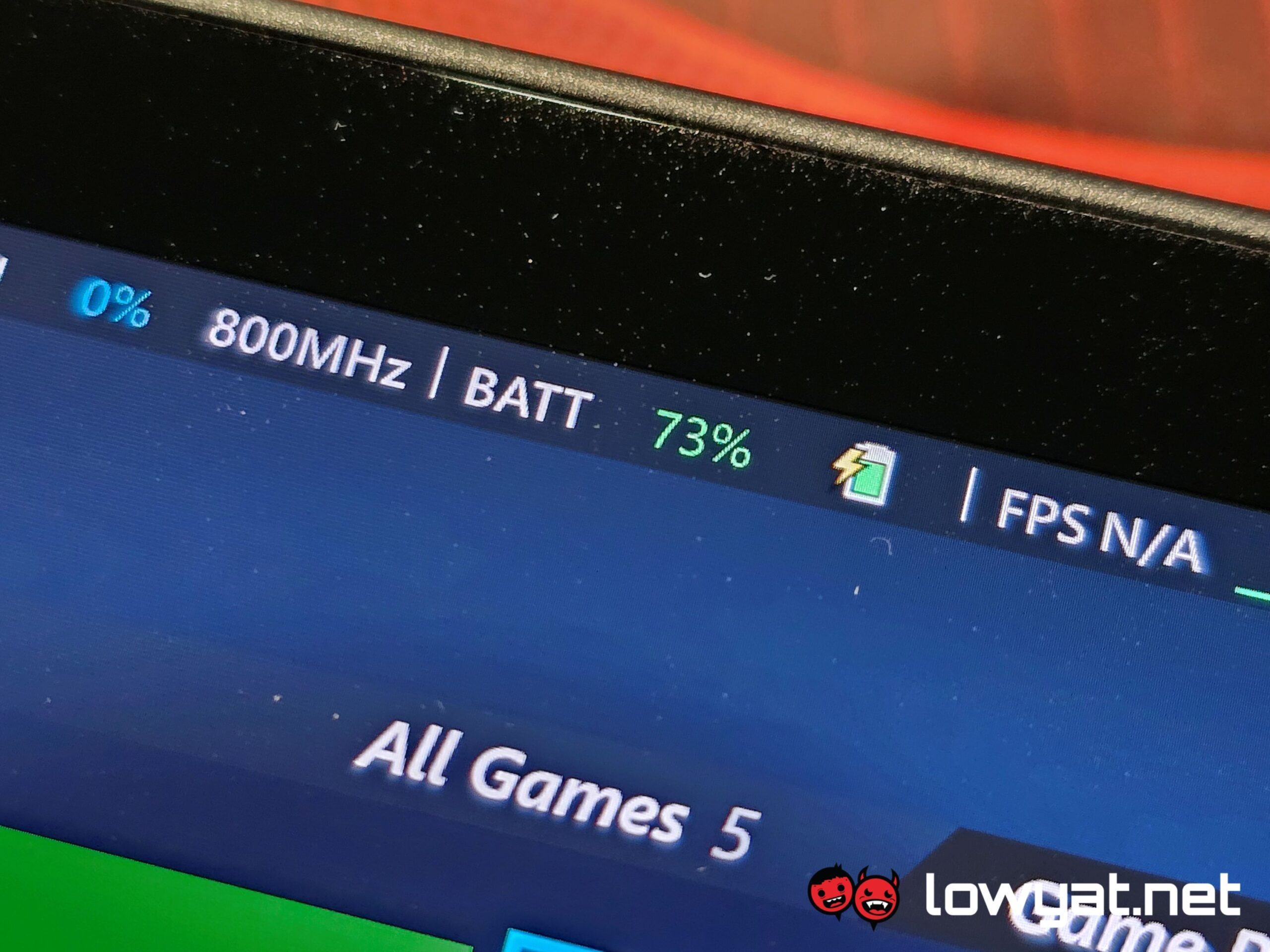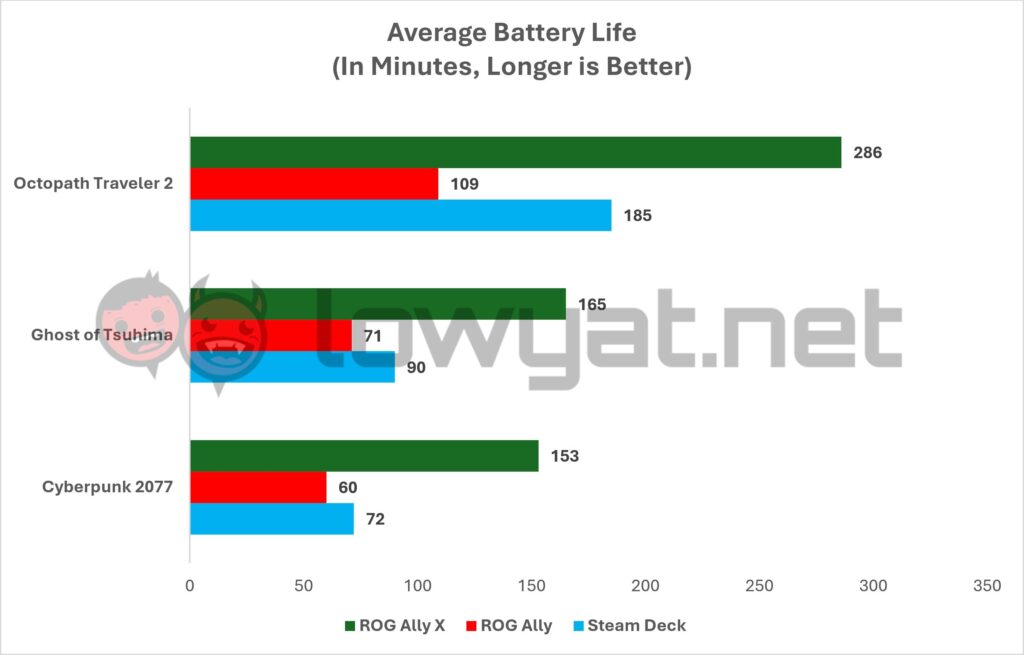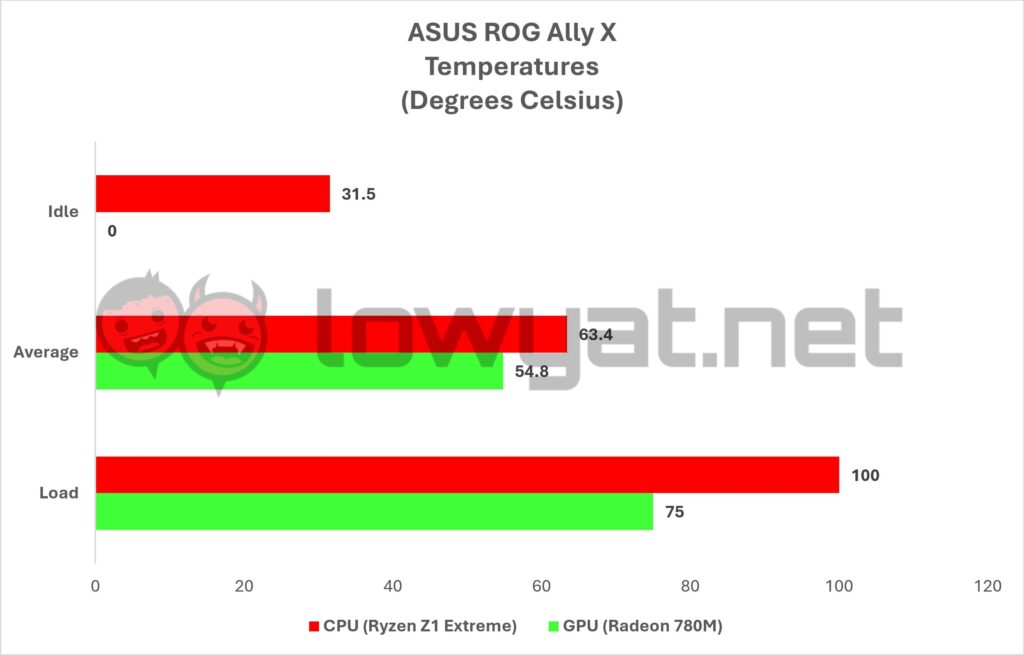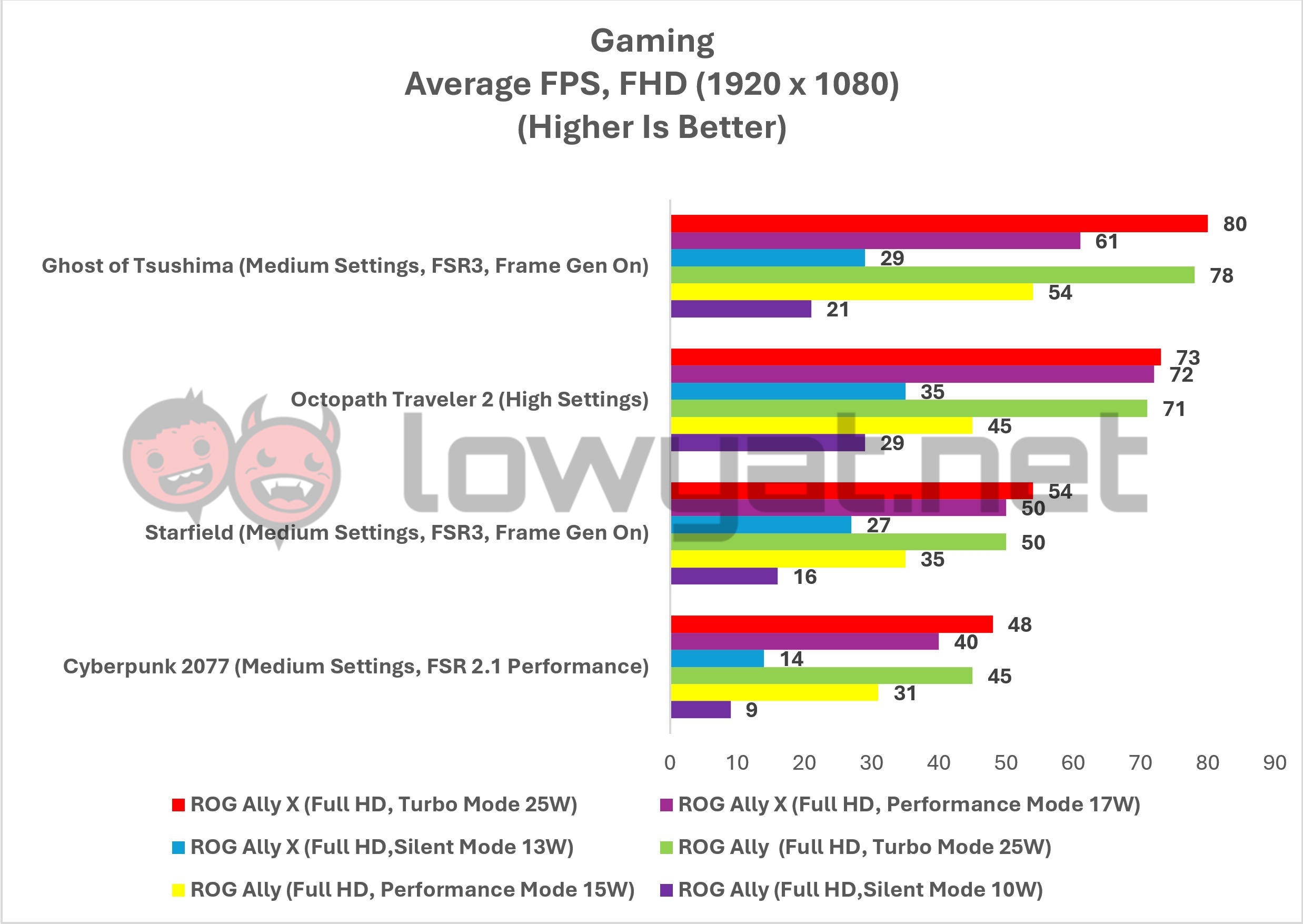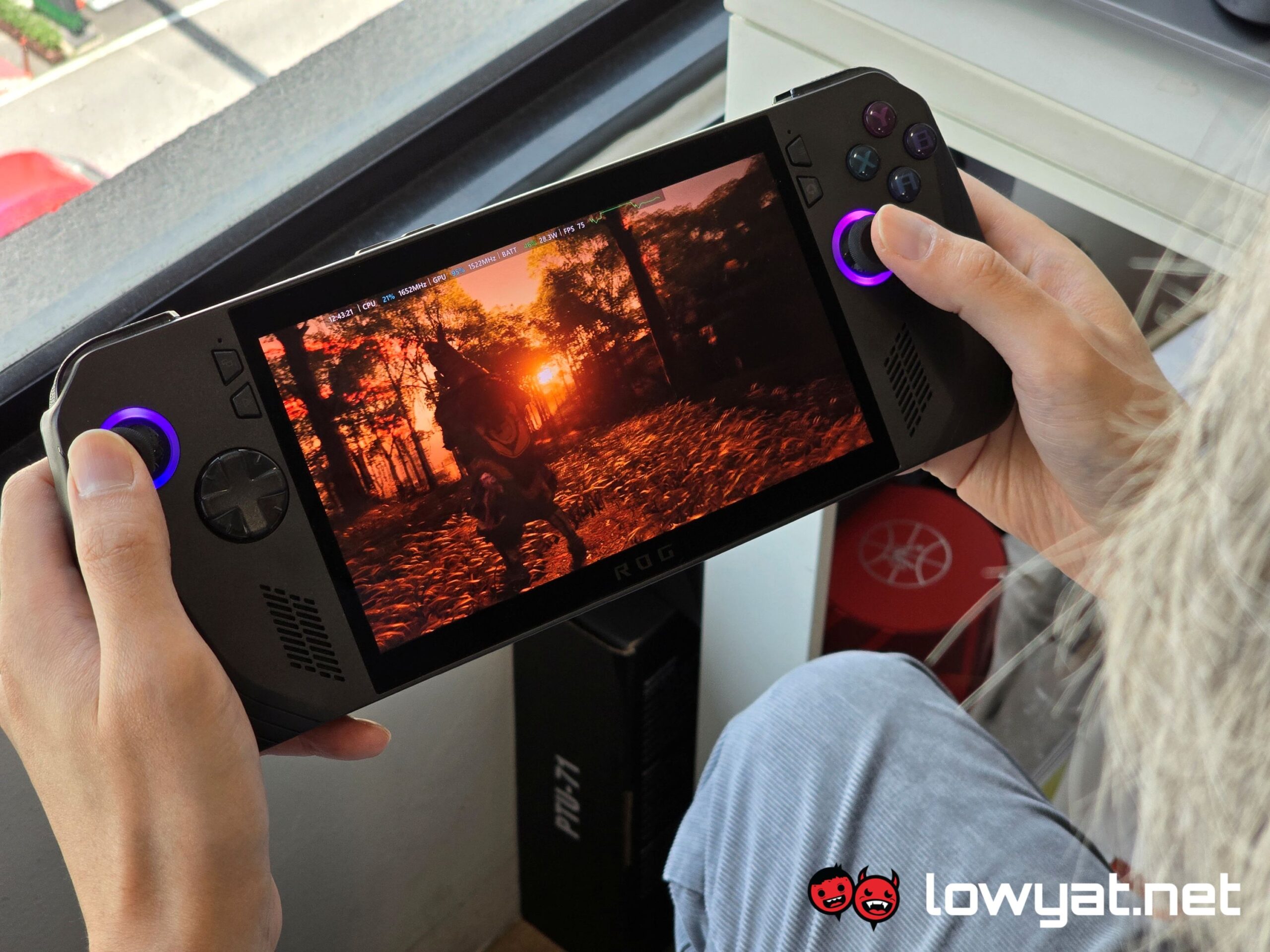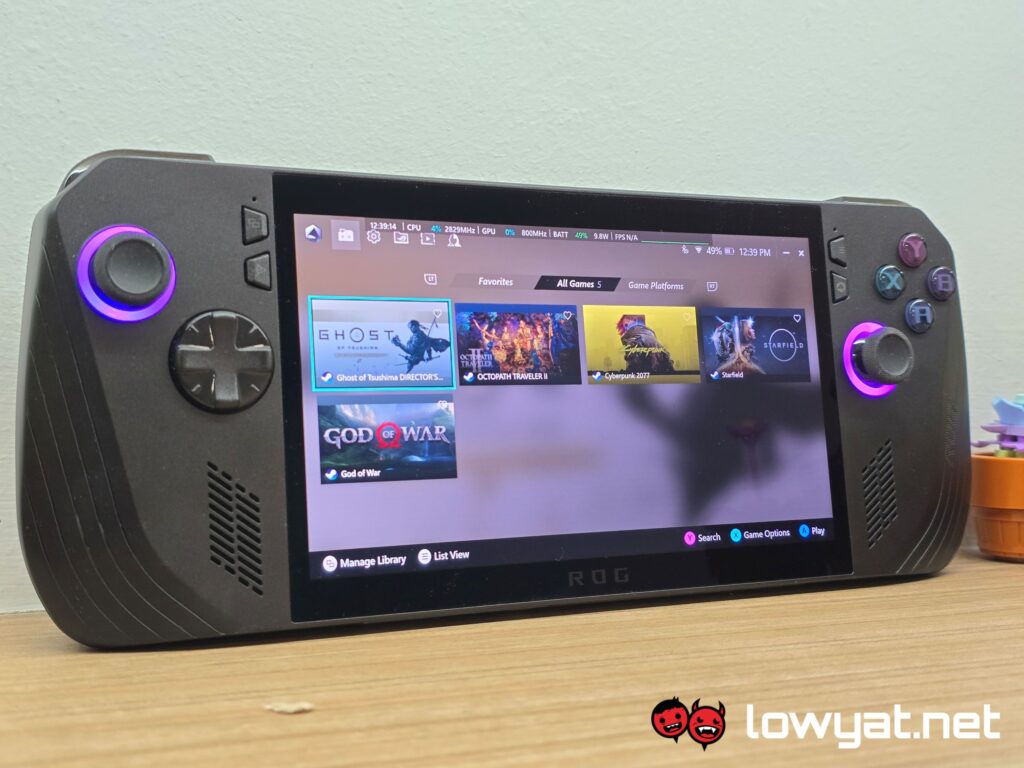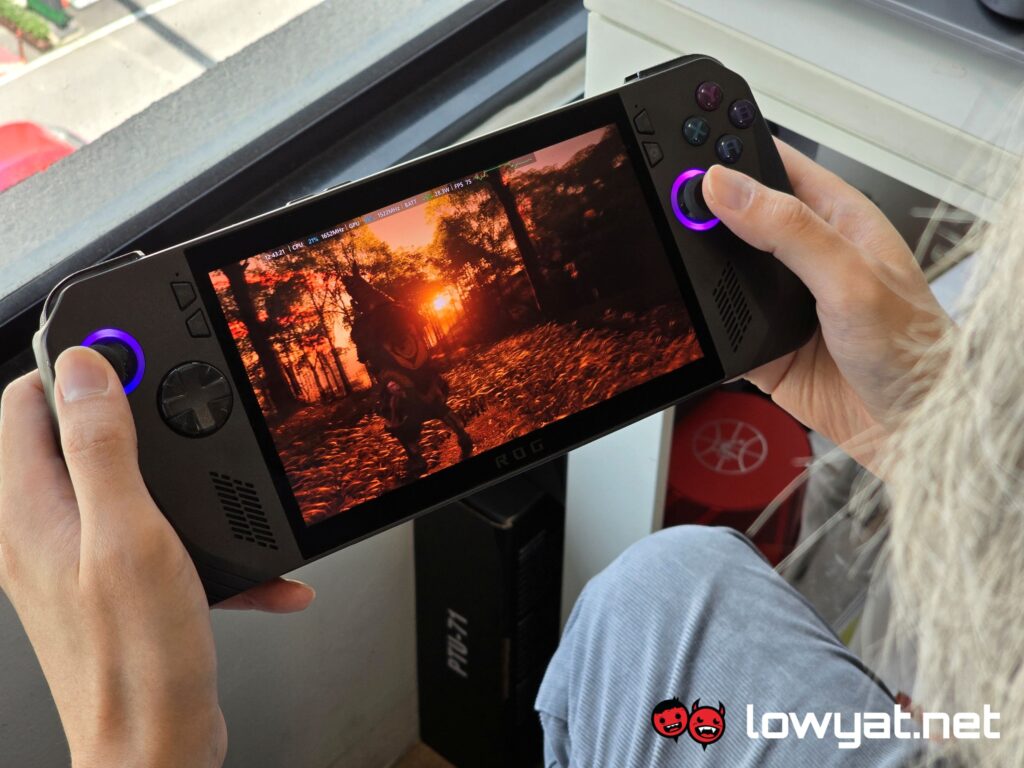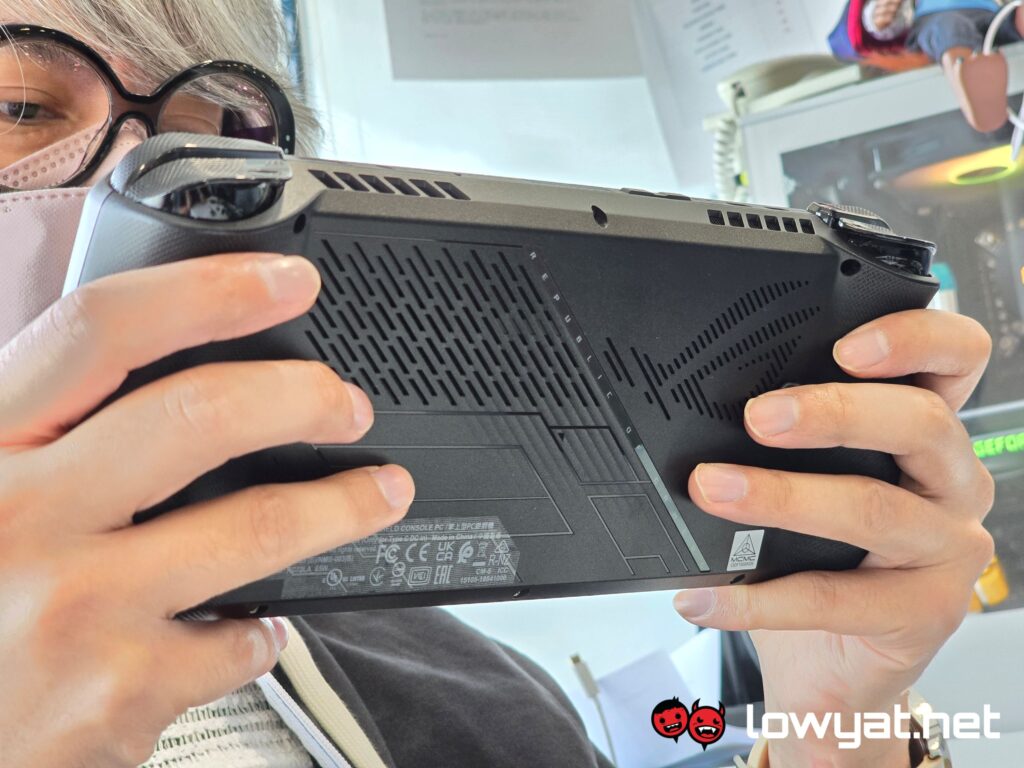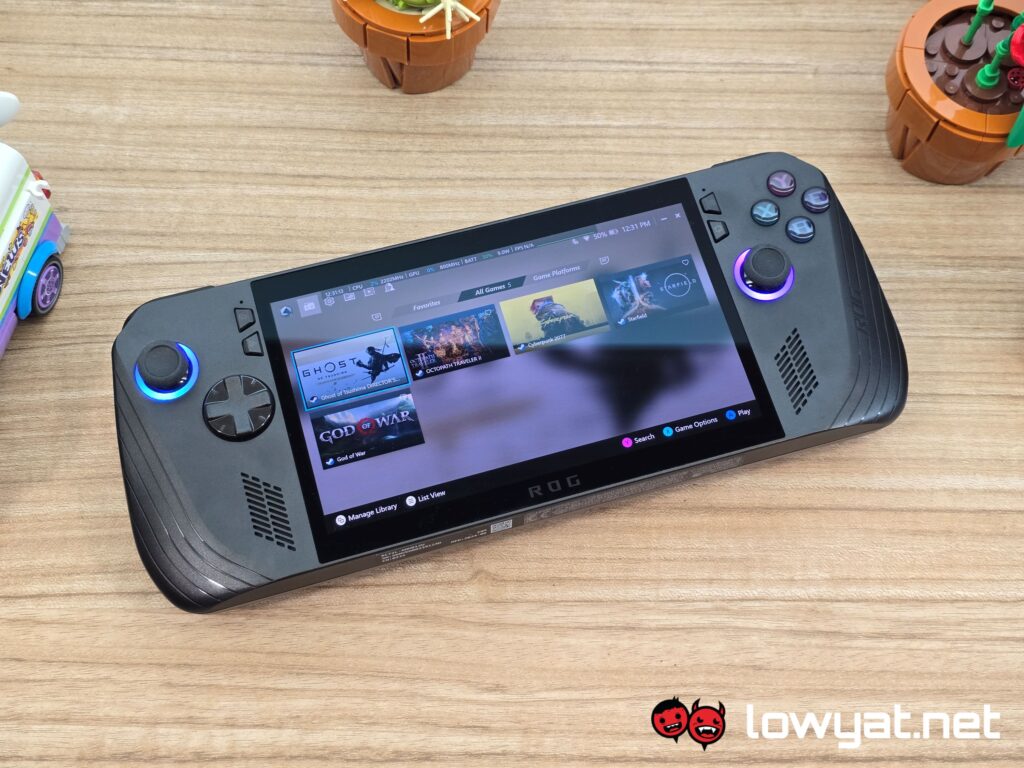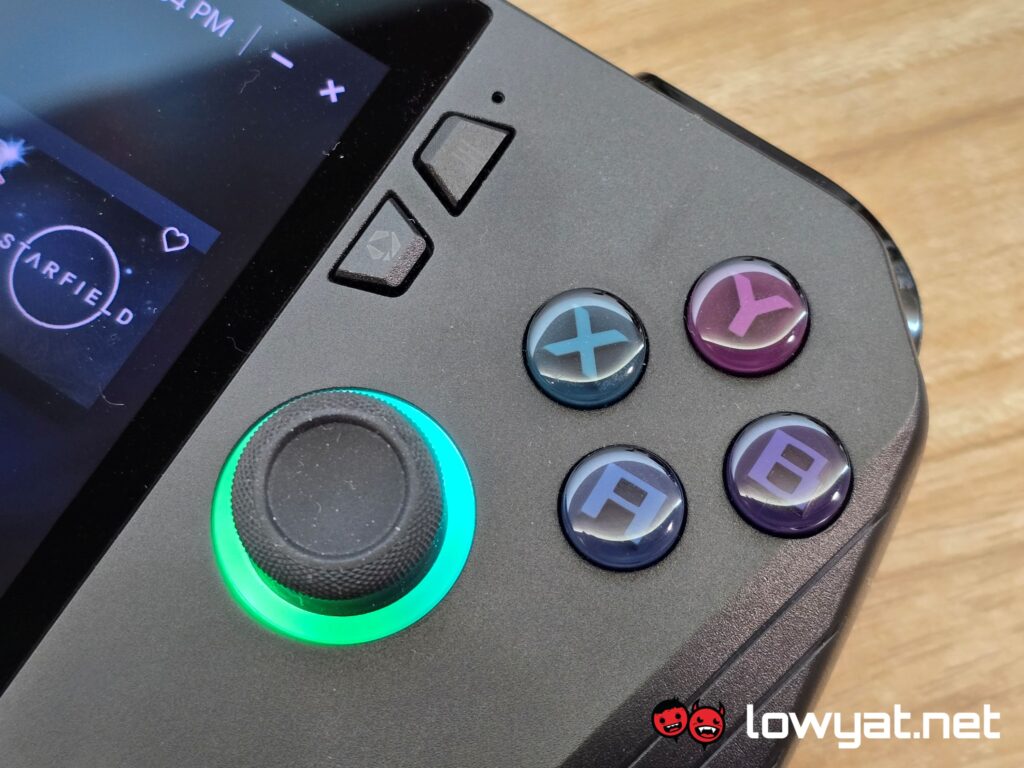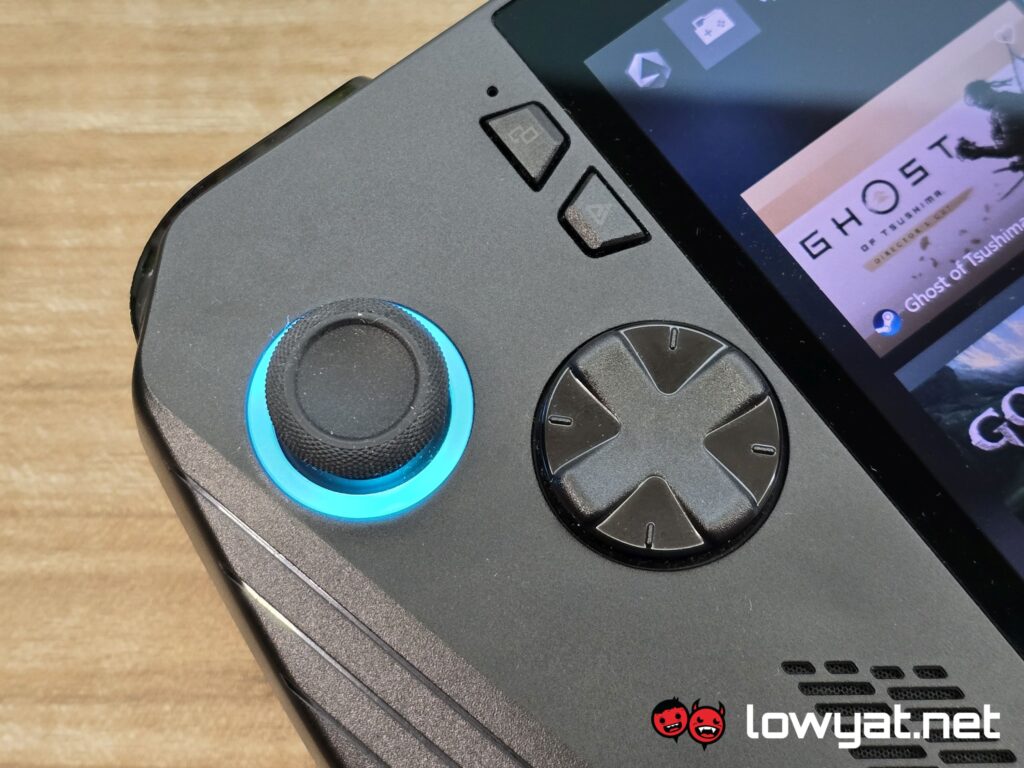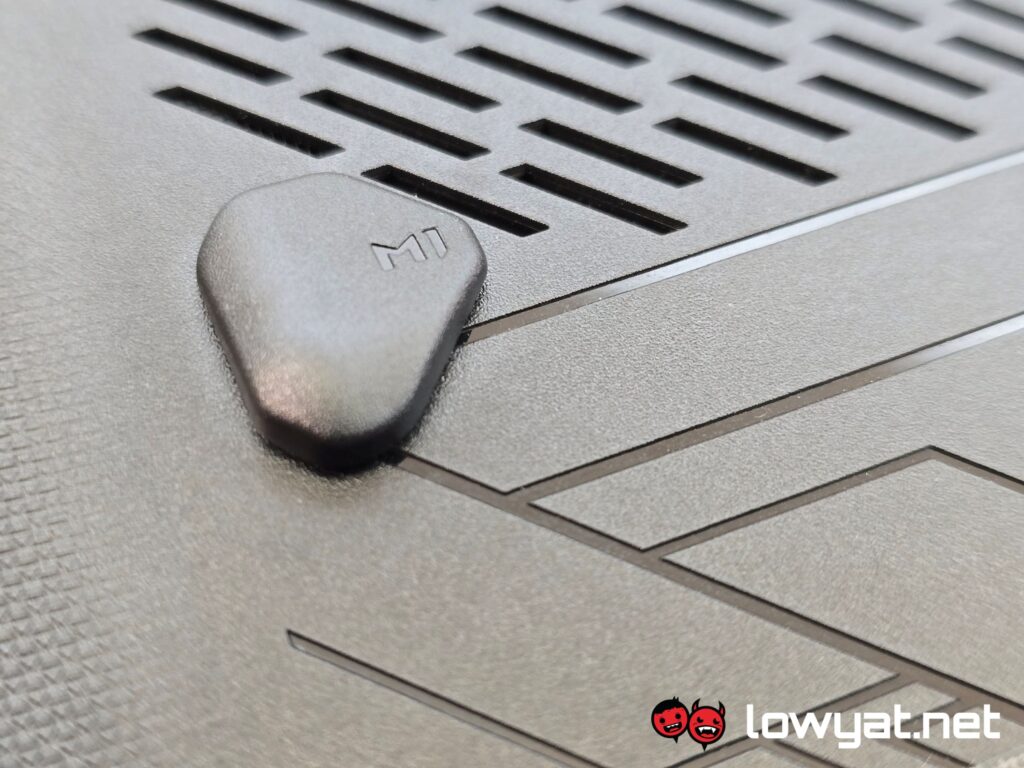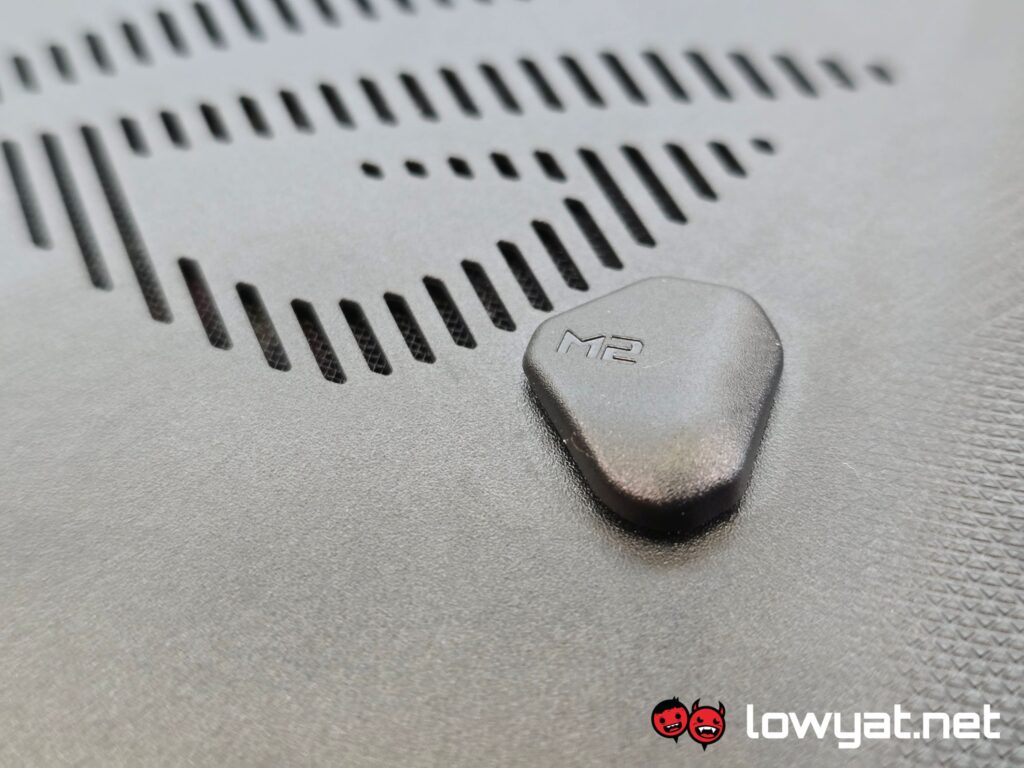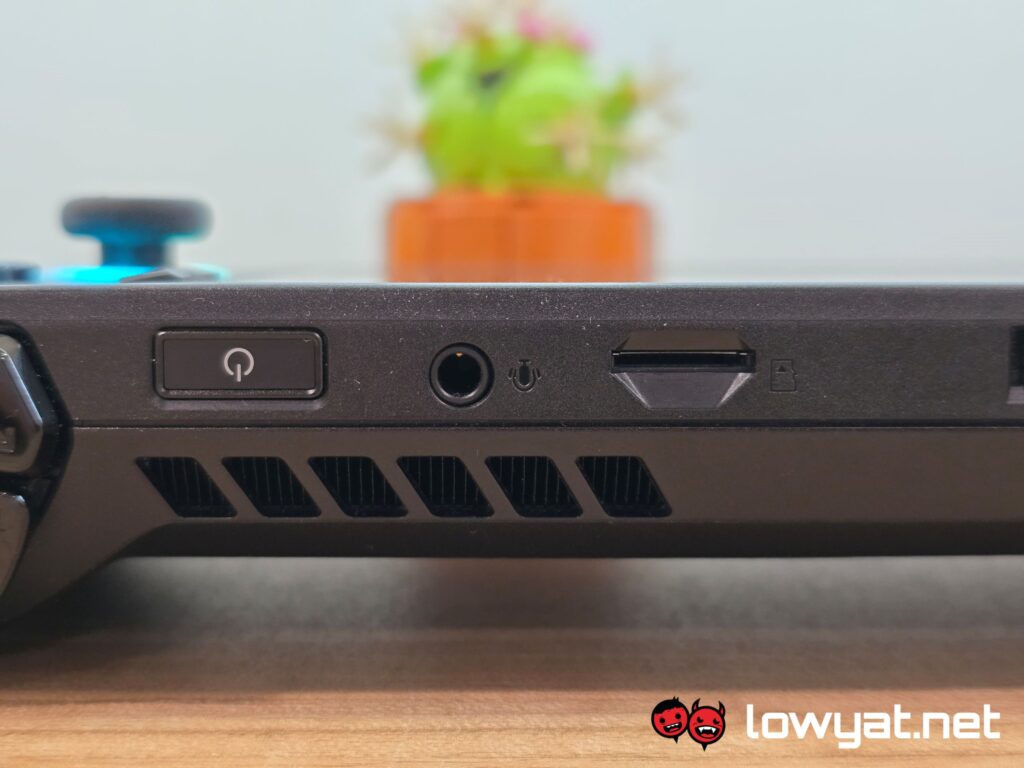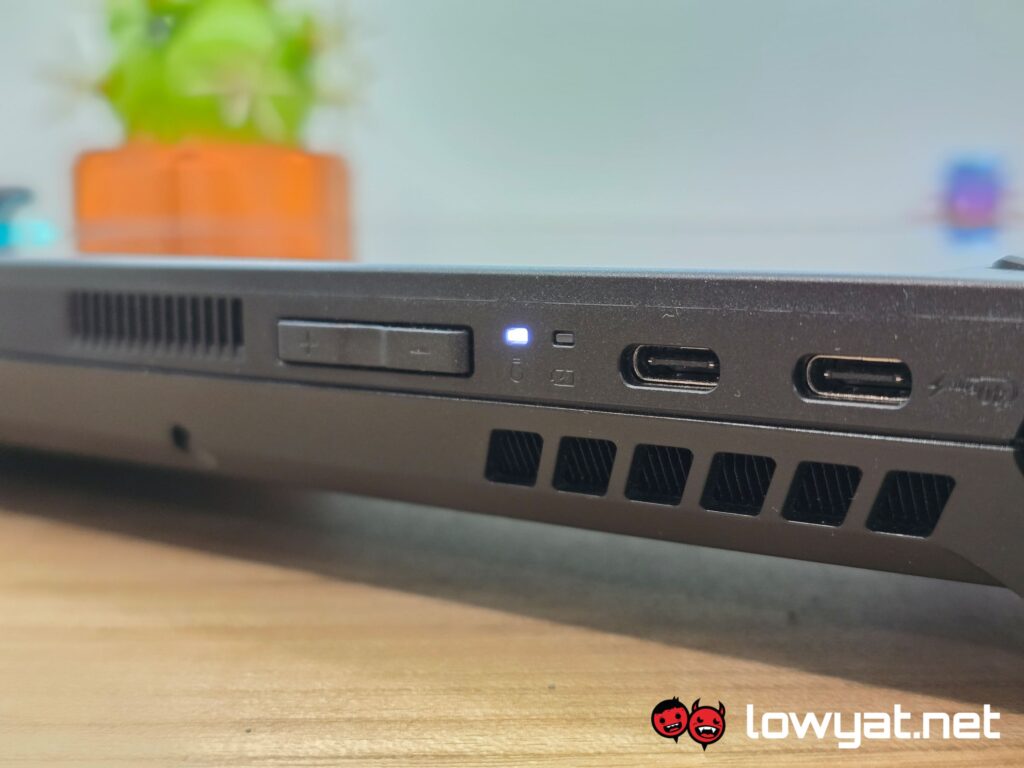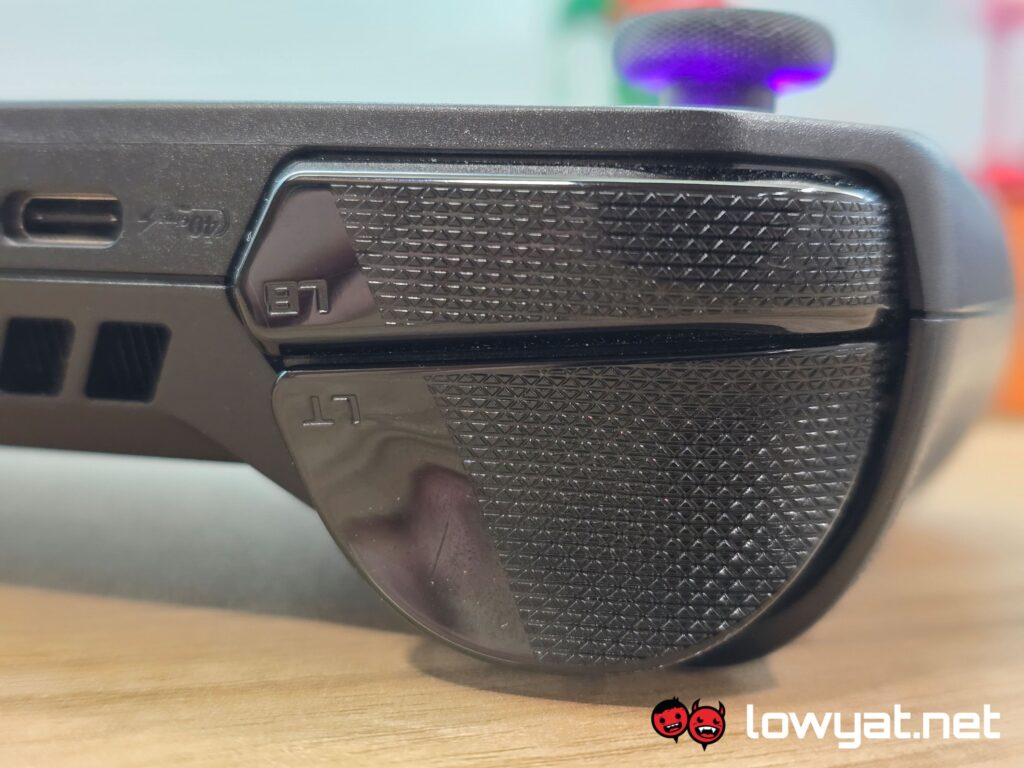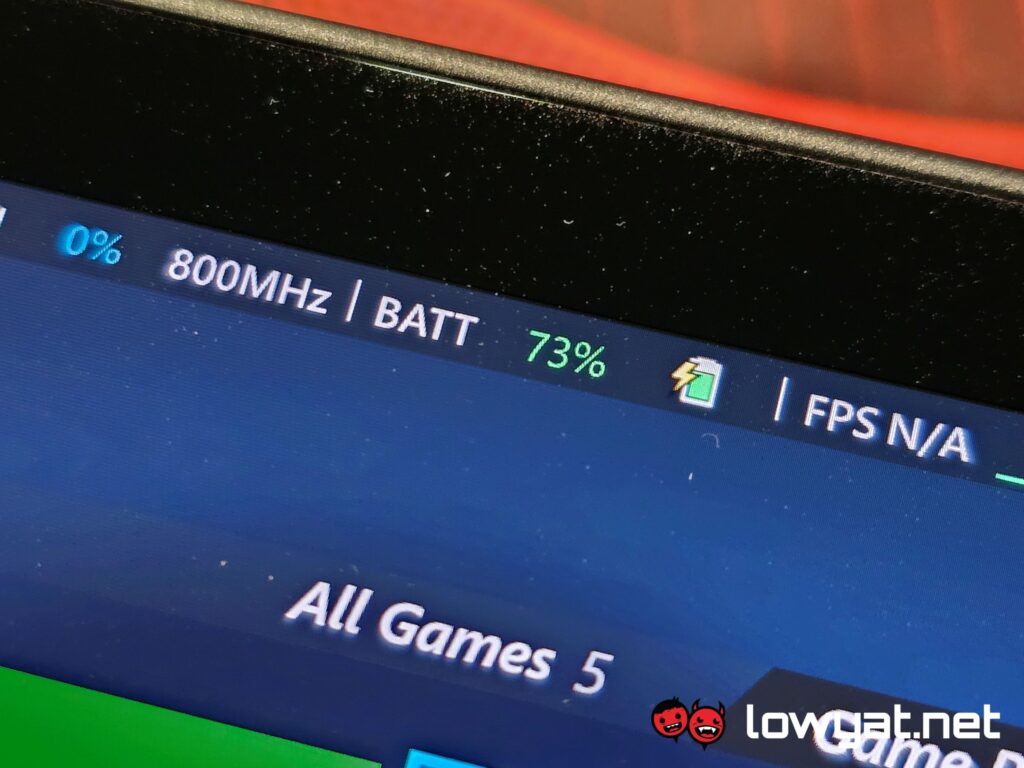The ASUS ROG Ally X, as a follow-up, feels more than just a refresh of the original gaming handheld that launched last year. Having spent some time with it as my daily driver, it feels more of an exercise in fine-tuning, tweaking, and fixing the shortcomings of the first.
As someone who owns a Steam Deck, the performance and overall experience of the Ally X was almost enough to make me switch. Almost.
Specifications
Looks & Functionality
If you take a quick glance, you wouldn’t realise that I’m holding the Ally X and assume that I’m holding its predecessor but there are tell-tale signs, both obvious and subtle. The most obvious of the signs is, of course, its all-black motif: the original Ally only shipped out in white.
Then there is the size of it. The Ally X is bigger, wider even, but not by a great deal. Side by side or sitting its predecessors on top, the difference in size becomes evident. Moreover, the joysticks are also considerably stiffer than those on the original Ally, though they are still not Hall Effect. That increased size, by the way, also allowed ASUS’ design team to redo the palm rests, making it so that they don’t dig into your palms as much and allow for a more natural hold in my hands.
Farewell to thee, XG Mobile eGPU connector. Be missed, you will not.
The spine of the Ally X has also been revamped. Gone is the XG Mobile eGPU module, replaced instead with two USB-C ports. One is a standard 3.2 Gen2, while the other is USB4, options which are certainly more useful. Case in point, I can charge its using one port and transfer files or connect a dongle via the other.
The microSD card slot has also been shifted but so too, have the internals. While it hasn’t openly admitted to the issue – I don’t think ASUS ever will – the change in its design and location is basically the brand’s way of eliminating the whole case of the microSD card burning out from the console’s thermals. Speaking of thermals, the rear also has more vents cut into it, allowing it to pull in more fresh air, which translates to better cooling efficiency.
Another change that comes with the Ally X is the power button. Instead of a press-and-hold, you can now power on the console with a simple tap on the power button. There’s also the two programmable buttons at the rear of the console, which have been positioned a little deeper. However, unlike its predecessor, ASUS has designed so that you can press it from the side, press it in directly from the top, or register contact by pulling it towards the palm of your hand.
ASUS says that the console has a bit more heft to it than the original and by that, it’s about 70 odd grams. That said, I don’t feel it in my day-to-day use of the handheld, even when I’m lying in bed with it. More often than not, I’m propping it on a table and, when I’m onboard a plane, the console sits left directly atop my lap, assuming that I don’t have the tray table unstowed. I’ll talk about the performance in the next section.
Performance & Battery
I can’t talk about the Ally X and not talk about the ASUS’ revamped Armoury Crate SE 1.5 UI. It is a lot cleaner and less cluttered, responsive, and certainly has more common sense implementation. At least, as a hub for launching all the other platforms. For that matter, the real-time performance overlay is just as intuitive and while you can choose the level of details that can be seen, much like the Steam Deck, I am a fan of the metric bar option that can be moved around on the screen.
There isn’t much else I can say about the display, given that it is the same panel as its predecessor. That also means it has the same high 120Hz refresh rate, and of course, it’s touch-enabled.
Same Z1 Extreme chipset but the extra juice help, even in small amounts.
Then there’s the Ryzen Z1 Extreme SoC. Despite running on the same Radeon 780M, that extra 3W in Silent Mode and extra 2W in Performance makes all the difference in the performance of the Ally X. Compared to the original Ally, I’m looking at 10 fps more on average for Ghost of Tsushima on Performance Mode. On Silent Mode, the average framerate takes an obvious dip but to my surprise, it manages to hold an average of 30 fps. This, by the way, is with the graphics presets set at Medium, and AMD’s FSR3 and Frame Gen is turned on.
On Cyberpunk 2077, the extra wattage gives me a comfortable 40 to 45 fps average in Performance mode, and with the graphics presets bumped up to Medium instead of Low, but no ray-tracing active.
Octopath Traveler 2. You’re probably thinking to yourself “How on earth is a game like this graphics-intensive?” to which my answer is: surprisingly, very. In Performance Mode, the handheld manages a comfortable 70 fps average and 40 fps average when running on Silent Mode. That, by the way is with the in-game details set to High. That being said, I also firmly believe that the boost in performance is due, in part, to the higher RAM capacity and its faster 7500MT/s speeds.
As for whether or not ASUS’ exercise in doubling the battery life to extend screen time has been successful, I am happy to tell you: it has. Again, the biggest issue with the original Ally was its crippling battery life, which often lasted less than two hours across the board. While on Performance Mode constantly, I find myself playing Ghost of Tsushima for a good two hours and 45 minutes on average, three is I really push it by further lowering screen brightness and dumbing down the graphics presets to low. Likewise, it’s a similar story with Cyberpunk 2077, which ran just a little over two hours and 30 minutes from a full battery down to single-digits.
The longest that I have managed to make the battery on the Ally X last, though, is on Octopath Traveler 2. In Performance mode, I am able to get nearly five hours of gameplay, consistently. That is, in a word, staggering.
Conclusion
The ASUS ROG Ally X is quite probably the most decent Windows gaming handheld I have reviewed in a long time. It’s a console I can definitely and whole-heartedly recommend, though its RM4,299 price tag is almost certainly going to cause hesitation among potential adopters, especially among newcomers to the gaming handheld ecosystem.
As pricey as it is, though, the overall improvements with this handheld make it hard to recommend folks to opt for the first generation Ally. Again, it’s more polished, has significantly improved battery life, a microSD card slot that won’t barbeque your external storage with its thermals, and ports that are infinitely more practical for the user. If that isn’t enough to convince you, the fact that the console may be the first to receive Valve’s upcoming third-party release of its SteamOS could open the doors to even greater performance-per-watt and power efficiency.
Photography by John Law.

